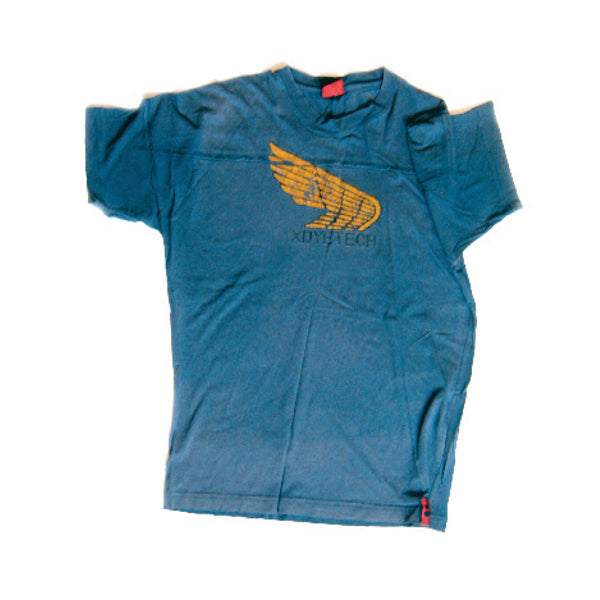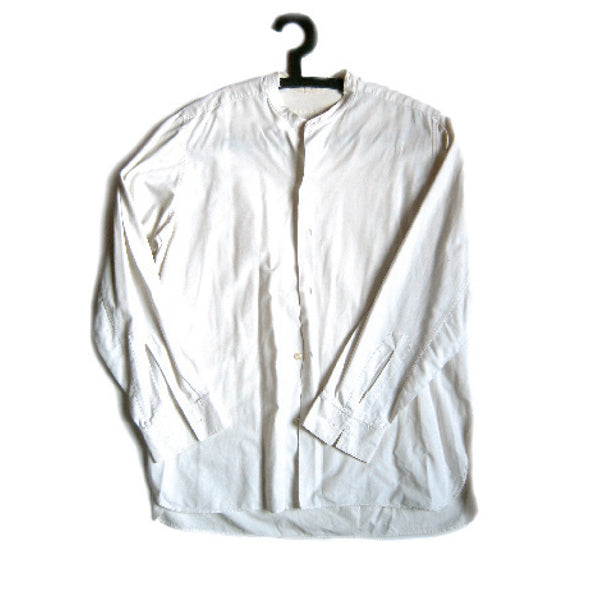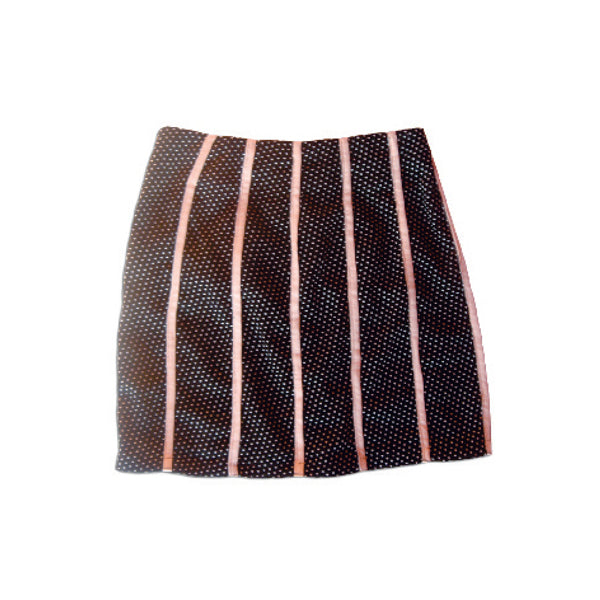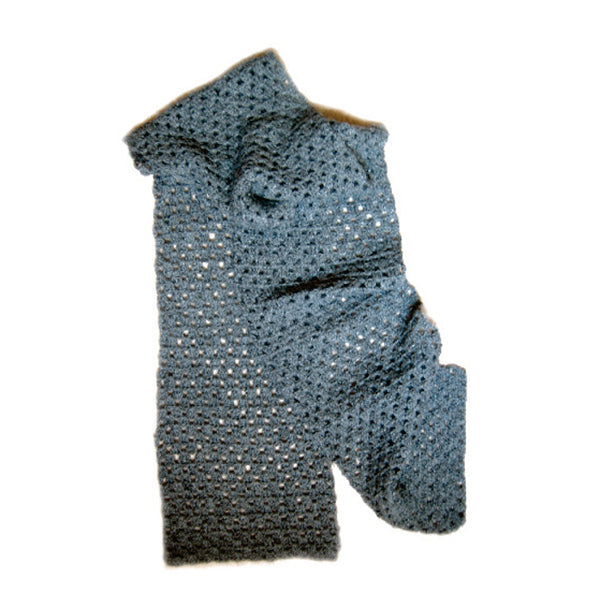With 2020 in the house, we asked Elementum founder and designer Daniela Pais to share with us her thoughts about the new year and reflect with us on January, the time for new beginnings. She took us back to her back, to the start of 2007 and to the beginning of Elementum - her Master's thesis 'Clothing Species'.
Text: Yoad David Luxembourg & Daniela Pais .
Image & Photography: Daniela Pais (from 'Clothing Species', 2007).
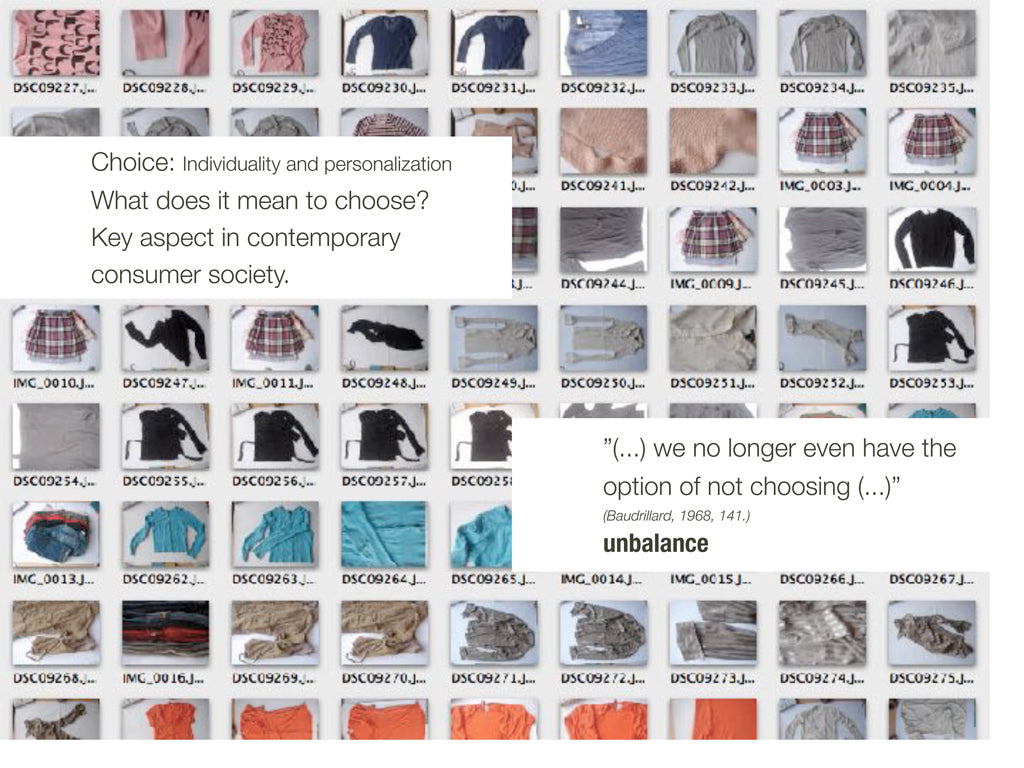
The year 2020 is upon us. It is the Beginning of the year, and I always feel it is the time to reflect, clean up, refresh. It is a really good winter out there and that makes it easier to spend time indoors, at home. Being at home, I try to take some time to look deeper into my closets and to restructure or to re-think my wardrobe. This moment, which usually happens every new year, reminds me of the beginning of 2007 when I was at the start of what would become my brand - Elementum - doing research about fashion consumption and wanting to understand and to collect information about people’s consumption habits. I was at the time a wardrobe archaeologist; Elementum was a research methodology, and; today I want to somehow share my experience then with you.
|
BRUNO.27, Lisbon, Salesman.Favorite piece of clothing, 2000-.
Elementum - to See. Personal interview, April 2007. |
So, what is wardrobe archaeology?
Wardrobe archaeology, is a form of making a personal inventory and reflecting about what you have and why you keep it. It is kind of similar to de-clattering, only that you don’t throw anything away during this moment of personal fashion reflection (however you might feel inclined to do so afterwards).
For my research, I planned on documenting (through pictures and drawings) clothes from people’s wardrobes. I wanted to see what clothes they considered as most valuable, but also what clothes they considered as least valuable. I also planned to organized them according to how long each item was in the wardrobe, and how many times it was used. My intention was to look for patterns that are related to how people use their clothes and try to understand how these patterns gives clothes their value. I also wanted to observe what people valued more in their oldest and newest clothes, but also in their consumption routine.
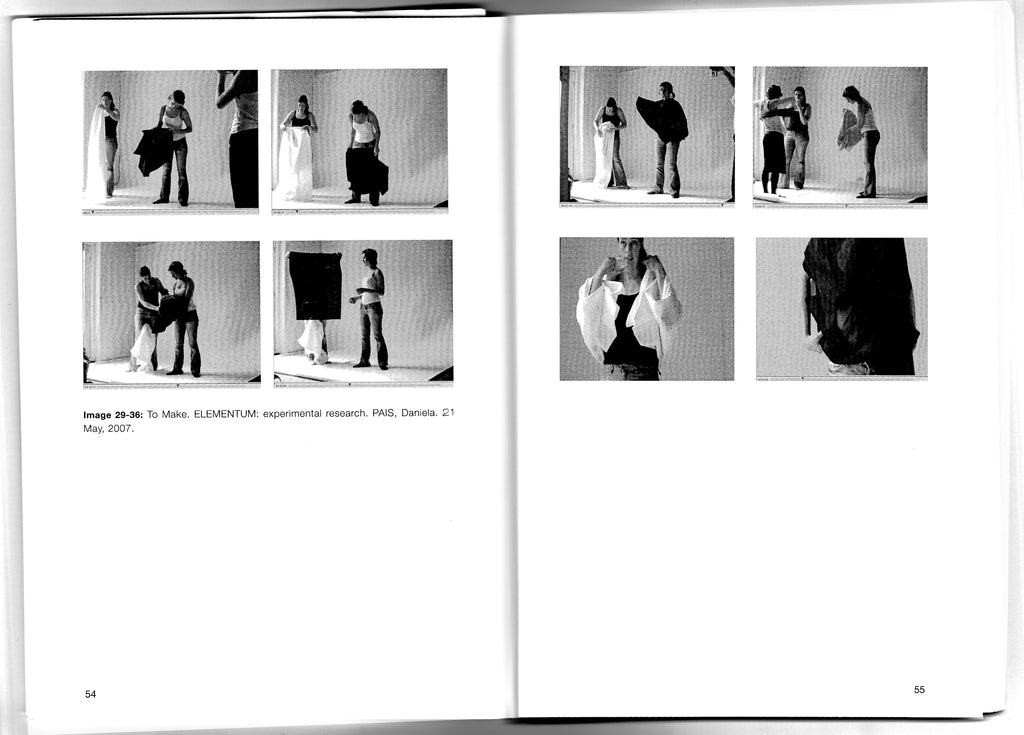
In reality, my research happen in private interview sessions with volunteers. In each session, I examined the person’s clothes as they were dug out from that person's closets. In most cases, the person I was interviewing would follow my investigation, but in some cases I would be left alone in front of their most personal goods. During this session, I asked the person to show me their favorite clothes, the most used ones, and the oldest. I also asked them to narrate about their clothes, if they could, and the stories narrated varied from personal sensations to general thoughts. At the end of the session I did a quantitative register of the amount and type of the clothes I have seen. In addition, I asked the person to fill out a questionnaire about their clothes, wardrobe, and shopping. These were my questions:
Questions of a wardrobe archaeologist:
About your favorite piece of clothing:
01 - Can you describe your favorite piece of clothing?
02- How come it is your favorite?
03 - How old is “he”, or “she”?
04 - If this piece of clothing was a person, how would you describe its character and the relationship between you?
|
Miguel.41, Lisbon, Consultant.Oldest piece of clothing, shirt 70 years olf from Miguel's great grandfather.
Elementum - to See. Personal interview, April 2007. |
About your oldest piece of clothing:
05 - What is your oldest piece of clothing, and how old is it?
06 - How come you keep it?
07 - Do you use it often? If yes, please explain. If no, please explain.
08 - Would you change something about it? If so, what?
About your newest piece of clothing:
09 - What is your newest piece of clothing, and how old is it?
10 - Can you describe the moment you got it? Do you remember why you got it?
11 - How often are you going to use it?
12 - Would you change something about it? If yes, what?
|
SOFIA.33, Lisbon, Electronic Engineer.Wind Jacket, 2003-.
Elementum - To see. Personal interview April 2007. |
About your wardrobe size:
13 - Which type/piece of clothing you have the most of? How come?
14 - What do you do when you do not want a piece of clothing any more?
About your shopping habits:
15 - Where do you usually get your clothes?
16 - How many times a year?
17 - What activity from your daily life you can compare with this? How come?
18 - If you could change it, how would you like it to be?
|
Ilona.32, Eindhoven, Shop worker.Skirt made by herself, 2005-.
Elementum - to See. Personal interview, May 2007. |
The answers helped me to confirm some of the issues I was addressing with my thesis Clothing Species, such as the relation between consumers and their clothes, the magnitude of choices and the anxiety created by that magnitude, and to see how ready they are to adapt to new concepts of consumption.
It has been 13 years since then, and in some ways a lot has been done to change fast fashion and its culture of mass consumption. In other ways there is even more to do.
2020 seems to be a critical year for us and for the planet as we know it. Making New Years’ Resolutions seems to be even more important than before. This year more than following a simple tradition, we must have the resolve to continue good practices, and to change undesired traits or behaviours in the ways we consume products and the ways we use things, so that we can save this planet, or otherwise improve our lives, the lives of our children, and their children, and so on.
|
Judith.35, Eindhoven, Nurse.Favorite piece of clothing: merino organic wool scarf made by herself, 2004-.
Elementum - to See. Personal interview, April 2007. |
I know the last line sounds a bit banal, but sometimes it is important to state the obvious. We must answer the needs we have now without compromising the capacity of future generations to do the same with their own needs.
So open your closets, dig into your wardrobe, answer the questions. Maybe this can be the first tiny step that starts with you.
Happy 2020.

